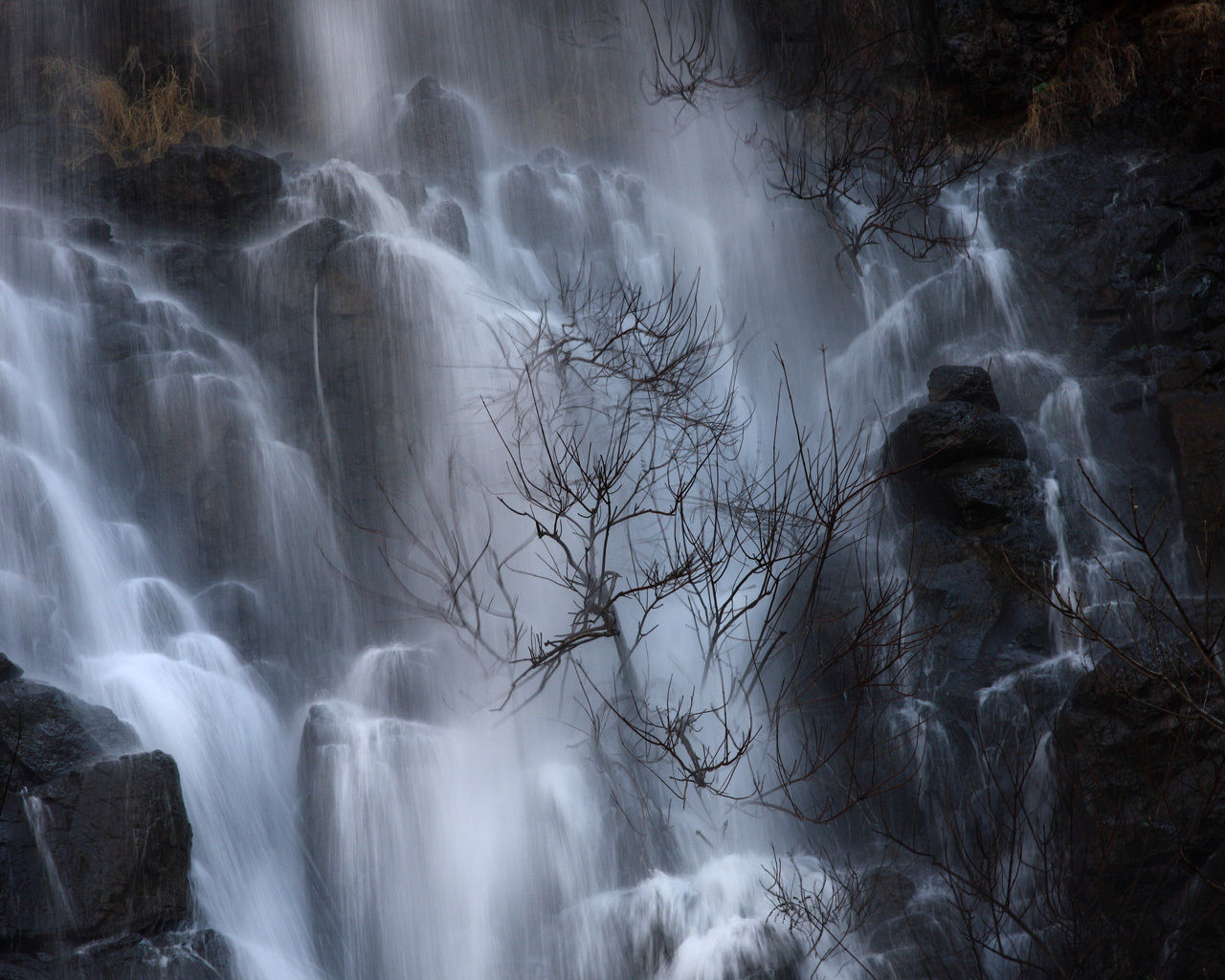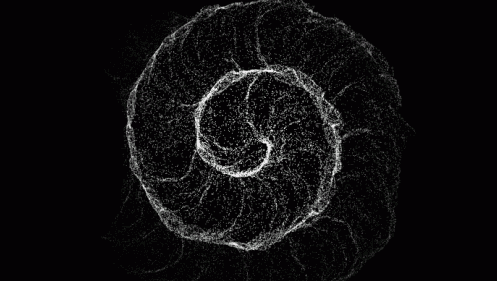

The Place of Shamanic Drama:
Beyond the Ordinary
From an archeological standpoint, the research of those of the western culture have drawn certain conclusions about what shamanic drama is; such as Shaun McNiff's assertion that "the action-oriented art form of theater is closest to the shamanic archetype." There is a simple truth there, especially in its similarity to theater; and there is more. The unique resiliency of the freely creative (and spiritual) nature of shamanic drama, in taking any form possible and impossible (at least beyond the ordinary realm), does not leave even a trace of any general structured form-- even an archetype (at least in the classical sense of archetype). Very essentially, if any perceived structure is formed, it remains a personal and intimate image or collection of images within some or all participants as well as, of course, the shaman/facilitator. It remains like a memory of a dream; yet one that produces real and applicable symbols that speak to a designing of life.
The process evokes and involves delicate internal and often unconscious essential images of individuals, a group, a community, and life itself. The beginning of a shamanic drama is organic (and often thematic as well) and rooted in very basic images (visual, feeling or thought) that can be created or co-created by one or as a collective. There is little or no structuring to "hold on to" and is, therefore, not for everyone. There is a sense of free-floating, flowing, falling, existential disorientation, or whole transformation that can be catalyzed by any of the elements (or in between or in league together) of the four-directional life wheel. There can also be a culturally generated "veil" (or even hard boundaries) by certain participants, holding to a precept that the shamanic drama touches on or moves through to places of "madness" (which is a matter of context, as is explained in many of my sessions, workshops or certain events). It's mostly due to these anticipated or pre-ordained or imperical concepts that rather particular immersive learning sessions are a key to embarking on shamanic drama (unless the partricipants are very experienced); and explicit permission at the start is always a must.
There is a real and new sense of beauty generated by a true shamanic drama-- a beauty that emerges from uniqueness; and still often remains on the cusp of transformation in life. It is of both light and dark, day and night, belonging and isolation, love and hate, life and death, as both opposite and complimentary. The imminent potential of life recapitulation and wholeness is immeasurable; as is the essence of human potentiality, life and love.


